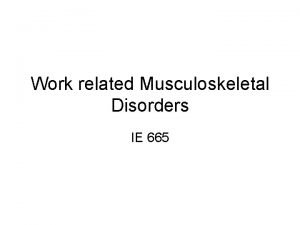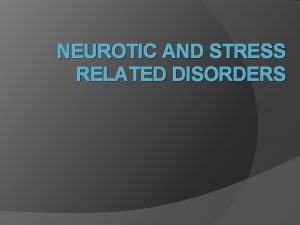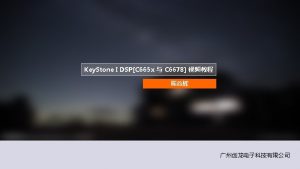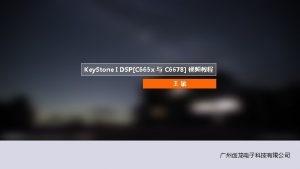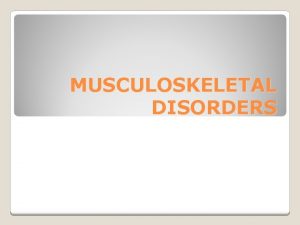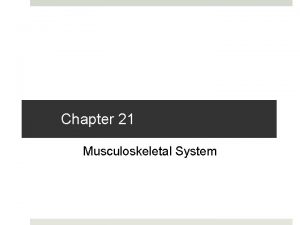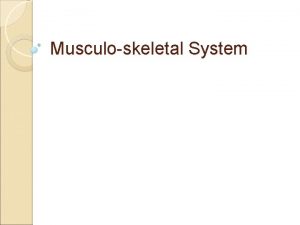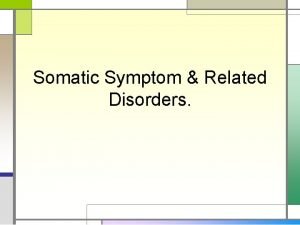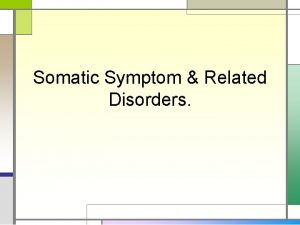Work related Musculoskeletal Disorders IE 665 Definition Musculoskeletal











- Slides: 11

Work related Musculoskeletal Disorders IE 665

Definition • Musculoskeletal disorder (MSD) is an injury or disorder of the muscles, nerves, tendons, joints, cartilage, and spinal discs. • It is not an acute injury, rather a chronic disease which develops over time. • MDS is related to manual tasks • It has been recognized as a source of significant pain, disability and disadvantage for the injured person and a substantial burden on modern societies. Statistics suggest that more than 30% of all occupational injuries are musculoskeletal injuries associated with manual tasks (Straker et. al. 2004). • Statistical data for MSD in US from USDOL – BLS (http: //stats. bls. gov/news. release/pdf/osh 2. pdf)

Magnitude of the problem in occupational context • MSD burden on US economy in 1994 equaled $3. 6 billion in direct worker compensation, total cost $10. 8 billion with $12, 000 per case • Approximately 260, 000 carpal tunnel release surgeries are performed each year, with 47% of cases are considered to be work-related.

Work related musculoskeletal disorders (WMSD) • Various synonyms of WMSD - RSI (repeated strain injury), CTD (cumulative trauma disorder), Over use syndrome etc. • Relationship between physical exposures in occupations and WMSD has been noted by an overwhelming number of previous studies. • Due to repeated straining body tissue and not allowing enough time to heal are believed to cause progressive discomfort, pain, and ultimately disability to continue regular work.

Factors believed to be associated with WMSD • Repetition/duration/rest – short cycle time (<30 sec) • Static work • Joint deviations – awkward postures • Velocity and acceleration- speed of movement • Internal forces on joints • Vibration • Coldness • Non occupational factors – fitness level, mental stress, smoker, hobby.

Hand wrist Carpal tunnel syndrome Credit of this page on CTS goes to website provided by Mayo clinic, Florida is caused by swollen and inflamed tissue that puts pressure on the median nerve, which provides sensation to all fingers of the hand except the little finger. The median nerve runs from the forearm into the hand through the carpal tunnel in the wrist. Symptoms usually start gradually with a vague ache in the wrist that runs into the hand or up the forearm. Eventually, there can be: Tingling or numbness in the hand or fingers, especially the thumb, index, middle or ring fingers, but not the little finger. This sensation often occurs while sleeping or after using the hand. Pain radiating or extending from the wrist up the arm to the shoulder or down into the palm or fingers, especially after forceful or repetitive use. A sense of weakness in the hands; dropping objects. A loss of feeling in some fingers.

Elbow, Shoulder, neck • Tennis elbow – Lateral epicondylitis: strong gripping with extended elbow, sudden or repetitive use of arm. • Golfer’s elbow – Medial epicondylitis • Cubital tunnel syndrome: Ulner nerve compression where it crosses the elbow. Pain that occurs when hitting funny bone. • Thoracic outlet syndrome- symptoms include neck, shoulder, and arm pain, numbness. • Rotor cuff syndrome – inflammation of shoulder tendons • Bursitis – inflammation of bursa (fluid filled sacs) in either elbow, shoulder or knee.

Ergonomic Prevention Approach • Engineering approach – Analyze the job it detail. Video tape the job, various posture evaluation schemes (MANTRA, RULA, REBA, OWAS, JSI)* can be used for rough estimation of joint deviation, repetition/duration, and forces involved. They provide scores for action limit and maximum limits, by which jobs can be selected for improvement. • Internal joint forces can be evaluated by EMG, biomechanical models. • Solution approaches are automation, mechanization, job enlargement, redesign the workstation for adjustability and better working posture, better method to do the work to reduce force, duration, repetition. • Administrative approach – Job rotation, use of part time workers, exercises, stress reduction.

Examples of engineering solutions • Counter balance and suspend hand tools - reduce static load of holding the tool. • Tilt the work surface, tilt fixture - facilitate better posture, viewing, reach • Replace keying in by barcode, provide bioptic scanners, provide portable scanners –reduce repetitive motions • Provide hand tools with correct grip style/diameter/texture – reduce gripping force, improve wrist posture • Maintain sharpness of the knives – reduce force required to cut Hand tools are properly maintained - reduce vibration

More of engineering solutions • Use correct work height – better upper body and handarm posture • Limit reaching motions to minimum - better upper body and hand-arm posture • Lower the work area if shoulders needed to be lifted better hand-arm posture • Provide arm rest if elbows are needed to be raised – reduce static load at shoulder • Consider sitting/standing/sit-stand work posture – reduce static load in lower back, promote change of torso posture • Arrange workplace to minimize twisting, forward or lateral bending – reduce harmful posture of torso • Correct viewing angle - minimize static load on neck muscles, eye strain.

Posture targeting and recording tools • Most of these tools are developed to quickly identify tasks that have high risk of MSD. These tools are easy to learn and can be used in participative ergonomics approach. – – – – RULA (Rapid Upper Limb Assessment) REBA (Rapid Entire Body Assessment) Job Strain Index (JSI) Quick Exposure Checklist (QEC) Manual Task Risk Assessment Index (Man. TRA) OWOAS (Nordik tool for whole body posture assessment) Check Prof. Alan Hegde’s Cornell Uuniversity Ergo web site for details of these tools. http: //ergo. human. cornell. edu/cutools. html
 Work related musculoskeletal disorders definition
Work related musculoskeletal disorders definition Opwekking 665 tekst
Opwekking 665 tekst 665 vs 678
665 vs 678 Chapter 6 musculoskeletal system
Chapter 6 musculoskeletal system Bipolar and other related disorders
Bipolar and other related disorders Bipolar and other related disorders
Bipolar and other related disorders Neurotic stress related and somatoform disorders
Neurotic stress related and somatoform disorders Somatic symptom and related disorders
Somatic symptom and related disorders Neurosis disorder
Neurosis disorder Physical fitness two types
Physical fitness two types Example of skill-related fitness
Example of skill-related fitness The problem of concept drift: definitions and related work
The problem of concept drift: definitions and related work
